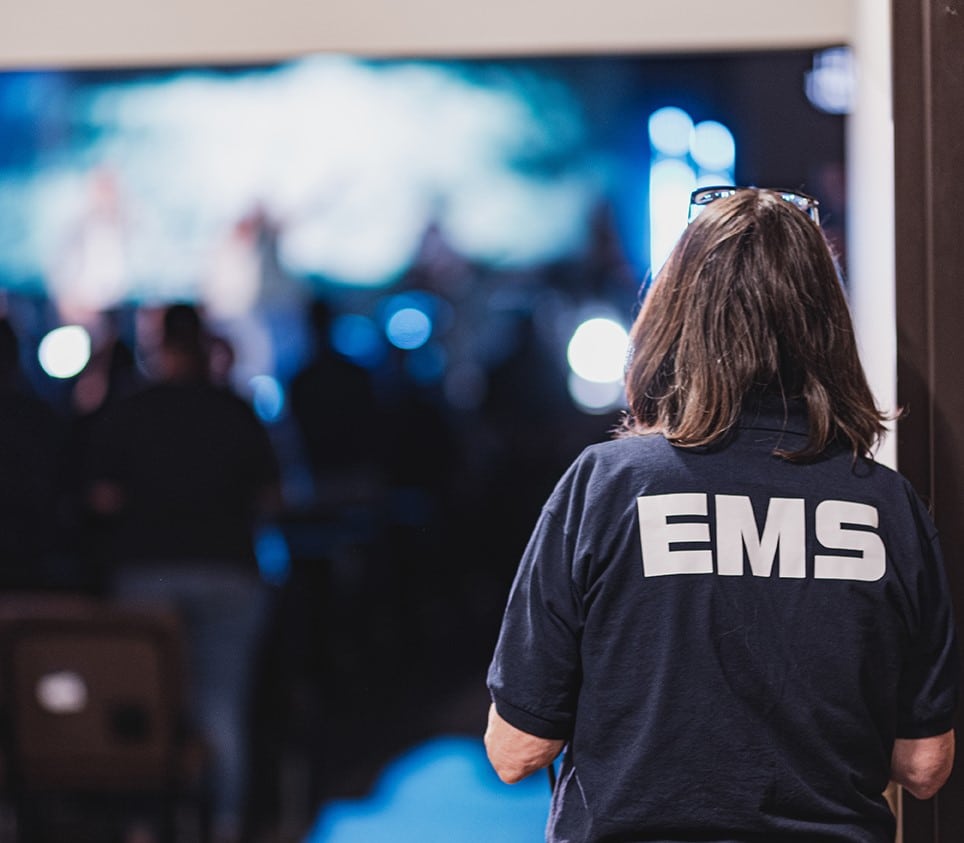By Rebecca Snarski
With the right security measures in place, you can help ensure that your cherished building, religious items, and congregation are safe and secure. Implementing the following steps will put you on the road to creating a church safety and security plan.
Step 1: Be Realistic
When it comes to how to improve physical security for churches the first thing you need to do is take a realistic assessment of your situation. There is no need to panic, but you also don’t want to dismiss any chance of problems and think “it won’t happen here.”
Consider the issues of physical security you might face as far as accidents or natural disaster. Are there are things that could lead to problems?
Take the time to really walk around your property, think about how it is used, and make a list of which threats seem most likely to be a concern.
Step 2: Solicit Assistance for Your Church Security Plan
Solicit another worker or a member of your congregation to help you assess the situation and create your security plan. As you work, you may also want to build a small group of volunteers who you know stand ready to jump into action to act as a “safety response team” if there is some type of security problem or tragedy.
As you are creating this safety response team, identify any members of your congregation that are already specially trained, and solicit their help. Look for people who are (or were) in the military, law enforcement officers, doctors or nurses, or security professionals.
Step 3: Take Stock of Safety Issues
Remember to practice basic security measures every day. Ensure that all doors have keyed locks and are regularly locked. Make sure that only currently authorized personnel have keys. If you aren’t sure about this, and you can’t remember the last time locks were changed, you may want to consider changing the locks.
- During worship services, leave only one external door open for entry (though all doors should open from the inside so that people can get out quickly).
- Ask an usher or other volunteer to keep an eye on the entrance.
- Make sure that all exits are well marked and consider having volunteers who patrol the grounds during services.
Step 4: Fix What You Can and Prepare for What You Can’t
Fix bad wiring, leaks, smoke alarms, etc. Ensure that there are fire extinguishers, a first aid kit, landline phones, and other basic equipment — and that it is all in working order. Fix any problems that you find quickly.
Prepare to handle things that you can’t fix now. Create a safety plan for how you will deal with the problems that you have identified as most likely to happen. Ensure that every member of your emergency response team has a copy of the safety plan.
Step 5: Ramp It Up If Necessary
If you are very concerned about security, you might take things a step further. You could have your security volunteer team receive some training from a local security company or police station. You can talk to a local police department to see what they suggest for security in your area. You can consider more detailed procedures such as a lockdown or active shooter drill. You might even consider employing a security guard at certain times of year, or for specific events or locations.
Also, consider installing a guard booth that houses monitoring equipment separate from the church. Having a security station away from your main building also means that if an emergency strikes within your building, you have another place to monitor it (via video cameras), communicate with others (through phones, two-way radios, or Internet technology in the security booth), and safely manage the situation at a distance.
This article is courtesy of Guardian Booth, a market leader in portable security enclosures, www.guardianbooth.com.





